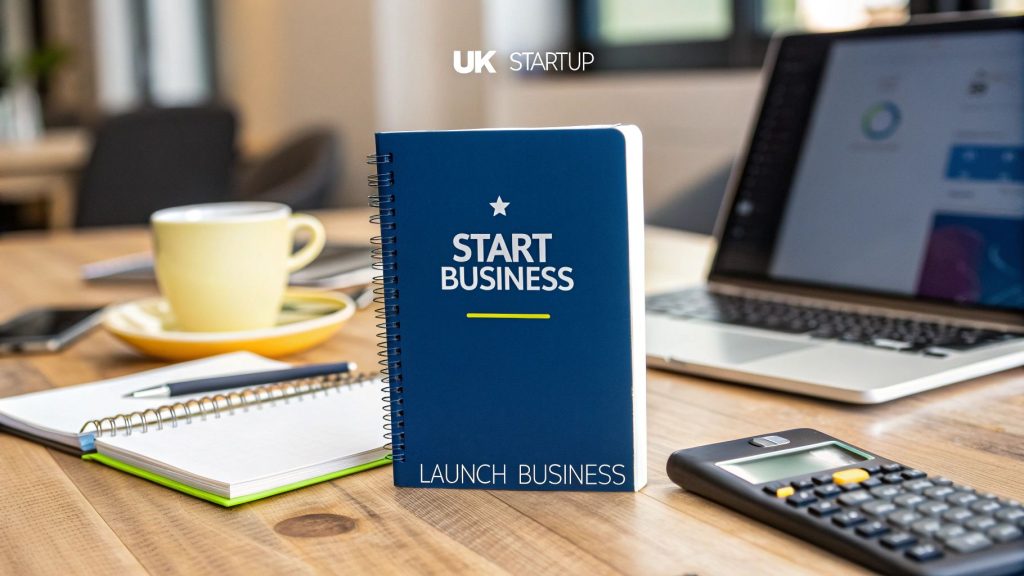10 Proven Low-Cost Marketing Strategies for Startups
10 Proven Low-Cost Marketing Strategies for Startups – Launching a new business is exciting, but it often comes with one major challenge—limited funds. Many entrepreneurs believe that effective marketing requires a huge budget, but the truth is that with the right approach, you can achieve meaningful results without overspending. By using smart, creative, and targeted tactics, startups can build brand awareness, attract new customers, and compete with larger businesses.
In this guide, we’ll explore 10 proven low-cost marketing strategies for startups that are practical, evergreen, and designed to give you maximum impact for minimum spend.

1. Harness the Power of Content Marketing
Content marketing remains one of the most effective and budget-friendly ways to promote your business. By creating valuable, informative, and evergreen content—such as blog posts, guides, and tutorials—you can attract potential customers and position yourself as an authority in your industry.
-
Blogging: Write about customer pain points, industry tips, and “how-to” guides.
-
Evergreen content: Focus on topics that remain relevant for years, e.g., “How to Create a Business Plan” or “Best Ways to Manage Small Business Finances.”
-
Guest posting: Publish articles on industry websites to build backlinks and credibility.
💡 Pro Tip: Optimise every article for search engines with relevant keywords, meta descriptions, and internal links to your products or services.
2. Leverage Social Media Marketing
Social media platforms offer free access to millions of potential customers. Even with a small budget, you can build an engaged audience.
-
Choose the right platforms: Don’t spread yourself too thin. For B2B, LinkedIn is powerful; for visual products, Instagram or TikTok work well.
-
Create shareable content: Infographics, short videos, and quick tips encourage shares.
-
Engage with your audience: Reply to comments, ask questions, and start conversations.
💡 Pro Tip: Use free scheduling tools like Buffer or Later to plan consistent posts.
3. Build an Email Marketing List
Email marketing is a low-cost yet high-return strategy. Once you build a list, you can nurture leads and promote offers without relying on paid ads.
-
Offer lead magnets: Free eBooks, templates, or discount codes in exchange for email sign-ups.
-
Segment your list: Tailor content for different groups (e.g., new subscribers vs loyal customers).
-
Keep it consistent: Send regular newsletters with valuable tips, updates, or promotions.
💡 Pro Tip: Free tools like Mailchimp or Brevo are perfect for startups.
4. Optimise Your Website for SEO
Search engine optimisation (SEO) is one of the best long-term, low-cost marketing strategies for startups. By ranking higher on Google, you attract organic traffic without paying for ads.
Key SEO practices:
-
Use focus keywords naturally in titles, headings, and body content.
-
Create internal links between related pages.
-
Optimise images with alt text.
-
Improve site speed and mobile-friendliness.
💡 Pro Tip: Write evergreen content that answers common customer questions. This drives steady traffic over time.

5. Network Online and Offline
Networking doesn’t have to be expensive—it just requires time and effort.
-
Attend local events: Chambers of commerce, small business groups, and startup meetups often have free or low-cost events.
-
Join online communities: Facebook Groups, Reddit forums, or LinkedIn groups related to your industry.
-
Collaborate: Partner with other small businesses to share audiences and resources.
💡 Pro Tip: Always carry a digital business card (QR codes work well) so potential contacts can easily follow up.
6. Use Referral and Word-of-Mouth Marketing
Happy customers can be your best marketers. Encouraging referrals is one of the lowest-cost strategies available.
-
Create a referral program: Offer discounts, freebies, or store credit to customers who refer friends.
-
Encourage reviews: Ask satisfied customers to leave reviews on Google, Trustpilot, or social media.
-
Make it shareable: Provide easy ways for customers to share your content or products.
💡 Pro Tip: Word-of-mouth is most effective when combined with excellent customer service.
7. Repurpose and Recycle Content
Startups don’t need to constantly create new content from scratch. Instead, repurpose existing content to save time and money.
Examples:
-
Turn a blog post into a YouTube video or LinkedIn carousel.
-
Break long guides into bite-sized social media posts.
-
Convert customer FAQs into a podcast or Instagram Reel.
💡 Pro Tip: Evergreen content can be repurposed again and again without going out of date.
8. Use Guerrilla Marketing Tactics
Guerrilla marketing focuses on unconventional, creative, and low-cost methods to get attention.
Examples:
-
Chalk art outside your business.
-
Stickers or branded merchandise.
-
Public stunts or flash sales.
💡 Pro Tip: Keep it aligned with your brand. Guerrilla marketing should surprise, not confuse, your audience.

9. Collaborate with Micro-Influencers
Big-name influencers charge high fees, but micro-influencers (those with 1,000–10,000 followers) often promote products at a fraction of the cost—or even in exchange for free samples.
-
Target local or niche influencers: They tend to have highly engaged audiences.
-
Negotiate collaborations: Instead of paying cash, offer free services or co-promotion.
-
Track ROI: Use unique discount codes to measure results.
💡 Pro Tip: Micro-influencers often feel more authentic to customers than celebrity endorsements.

10. Offer Free Resources or Tools
Providing free value is an excellent way to attract leads while showcasing your expertise.
Ideas include:
-
Free templates (business plans, budgets, checklists).
-
Simple calculators (tax, break-even, or savings).
-
Free trials or demos of your product.
💡 Pro Tip: Place these tools behind an email sign-up form to grow your list.
Putting It All Together
Low-cost marketing isn’t about cutting corners—it’s about being creative, consistent, and strategic. Startups and small businesses often have an advantage over larger competitors because they can act quickly and experiment with fresh ideas.
By combining several of the above strategies, you’ll create a strong, sustainable marketing plan that delivers results without draining your budget.
10 Proven Low-Cost Marketing Strategies for Startups Final Thoughts
Marketing doesn’t have to be expensive to be effective. From content marketing and SEO to referrals and collaborations, there are countless ways to grow your business without overspending. The key is consistency: choose a few strategies that best align with your target audience and commit to them over time.
Start small, track your results, and double down on what works. Before long, you’ll see steady growth without the hefty marketing bill.














































